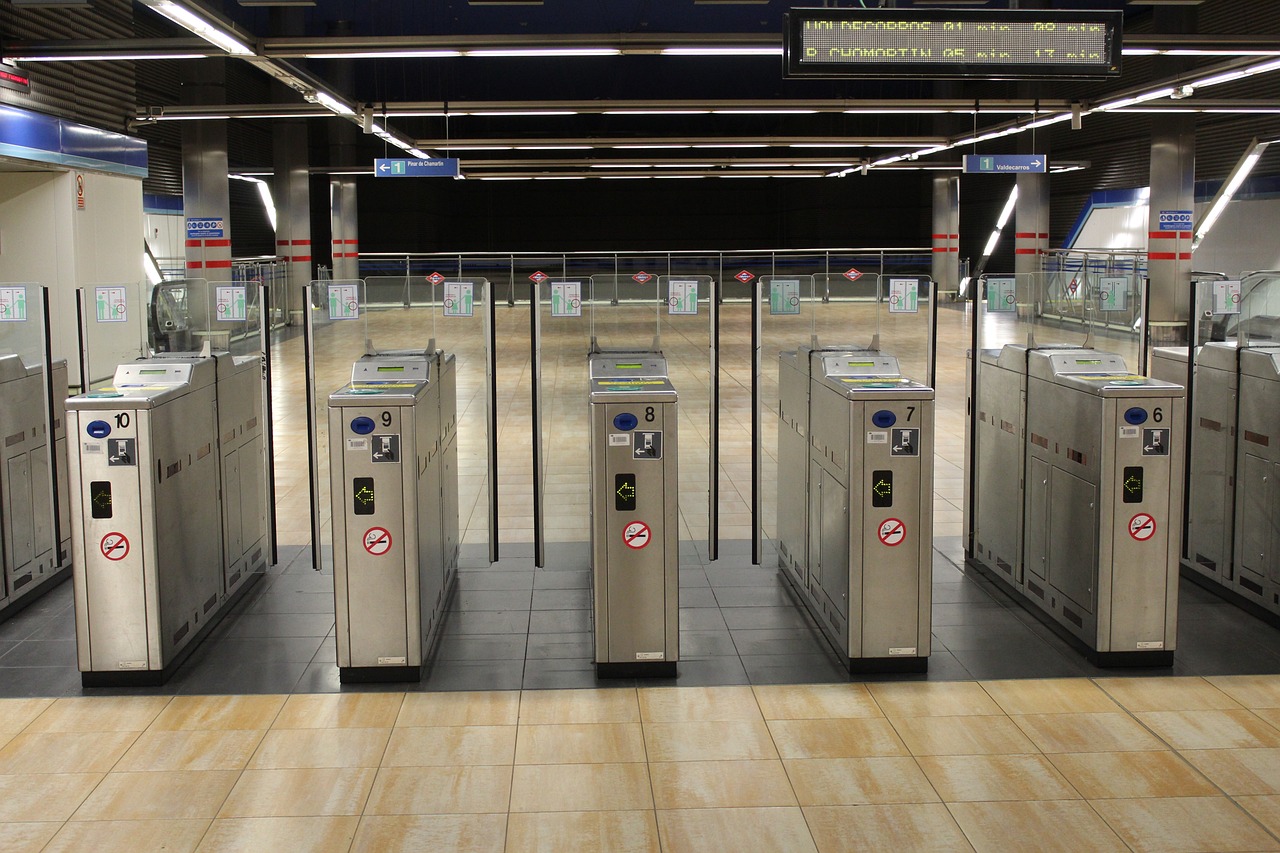In an era where security is paramount, electronic turnstile systems have emerged as indispensable tools in safeguarding various environments. From enhancing access control to streamlining pedestrian flow, these systems offer a myriad of advantages that go beyond traditional methods. Let’s delve into the key benefits that make electronic turnstile systems a crucial component in the contemporary landscape.
Securing Spaces with Electronic Precision
1. Enhanced Access Control
One of the standout advantages of electronic turnstile systems lies in their ability to provide enhanced access control. These systems employ advanced authentication methods, including keycards, biometrics, and mobile credentials, ensuring that only authorized individuals gain entry.
2. Real-Time Monitoring and Alerts
Electronic turnstiles offer a level of security that goes beyond physical barriers. They come equipped with integrated monitoring features, allowing for real-time tracking of entries and exits. Any suspicious activities trigger immediate alerts, enabling swift responses to potential security threats.
Streamlining Pedestrian Flow and Efficiency
3. Efficient Pedestrian Management
Gone are the days of bottlenecked entrances. Electronic turnstile systems contribute to efficient pedestrian management by facilitating a steady flow of individuals. This not only minimizes wait times but also prevents overcrowding in high-traffic areas.
4. Integration with Visitor Management Systems
For facilities managing a constant influx of visitors, electronic turnstiles seamlessly integrate with visitor management systems. This integration enhances overall efficiency by automating the check-in process and maintaining accurate records of visitor activity.
Embracing Technological Advancements
5. Biometric Recognition for Unmatched Security
The incorporation of biometric recognition adds an extra layer of security to electronic turnstile systems. Facial recognition and fingerprint scanning ensure the highest level of authentication, minimizing the risk of unauthorized access.
6. Compatibility with Smart Technologies
Tturnstile systems are not just secure; they are smart. Their compatibility with smart technologies allows for integration with building automation systems, creating a seamless experience for users and administrators alike.
Cost-effective and Customizable Solutions
7. Cost-Effective Security
Compared to traditional manned security measures, electronic systems present a cost-effective security solution. Once installed, they operate autonomously, reducing the need for constant human supervision.
8. Tailored Configurations for Diverse Needs
Every environment has unique requirements. Turnstile systems offer tailored configurations to meet diverse needs, whether it’s a corporate office, a public venue, or an educational institution. This adaptability ensures optimal performance in various settings.
Going Green: Sustainable Practices
9. Energy-Efficient Operations
Electronic turnstile systems are designed with energy efficiency in mind. They can be programmed to operate in low-power modes during periods of low activity, contributing to sustainable practices and reducing overall energy consumption.
Conclusion
In conclusion, the advantages of electronic turnstile systems extend far beyond basic access control. From fortifying security through advanced authentication methods to promoting efficiency and sustainability, these systems have become integral components of modern-day spaces. As technology continues to evolve, electronic turnstile systems will likely play an increasingly pivotal role in creating secure, streamlined, and environmentally conscious environments. Embracing these advantages not only ensures the safety of spaces but also sets the stage for a more technologically advanced and efficient future.
